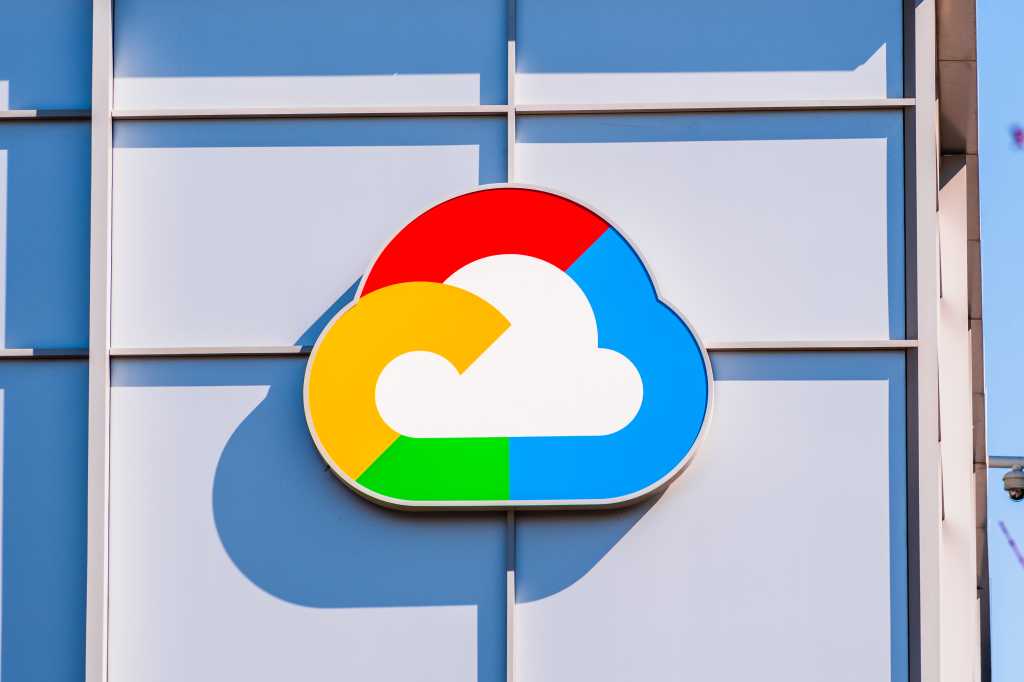
Opportunities for the AI industry
LLM vendors such as OpenAI and Anthropic, which still have relatively young code bases and are continuously evolving them, also have much to gain from the arrival of Ironwood for training their models, said Forrester vice president and principal analyst Charlie Dai.
In fact, Anthropic has already agreed to procure 1 million TPUs for training and its models and using them for inferencing. Other, smaller vendors using Google’s TPUs for training models include Lightricks and Essential AI.
Google has seen a steady increase in demand for its TPUs (which it also uses to run interna services), and is expected to buy $9.8 billion worth of TPUs from Broadcom this year, compared to $6.2 billion and $2.04 billion in 2024 and 2023 respectively, according to Harrowell.
“This makes them the second-biggest AI chip program for cloud and enterprise data centers, just tailing Nvidia, with approximately 5% of the market. Nvidia owns about 78% of the market,” Harrowell said.
The legacy problem
While some analysts were optimistic about the prospects for TPUs in the enterprise, IDC research director Brandon Hoff said enterprises will most likely to stay away from Ironwood or TPUs in general because of their existing code base written for other platforms.
“For enterprise customers who are writing their own inferencing, they will be tied into Nvidia’s software platform,” Hoff said, referring to CUDA, the software platform that runs on Nvidia GPUs. CUDA was released to the public in 2007, while the first version of TensorFlow has only been around since 2015.


